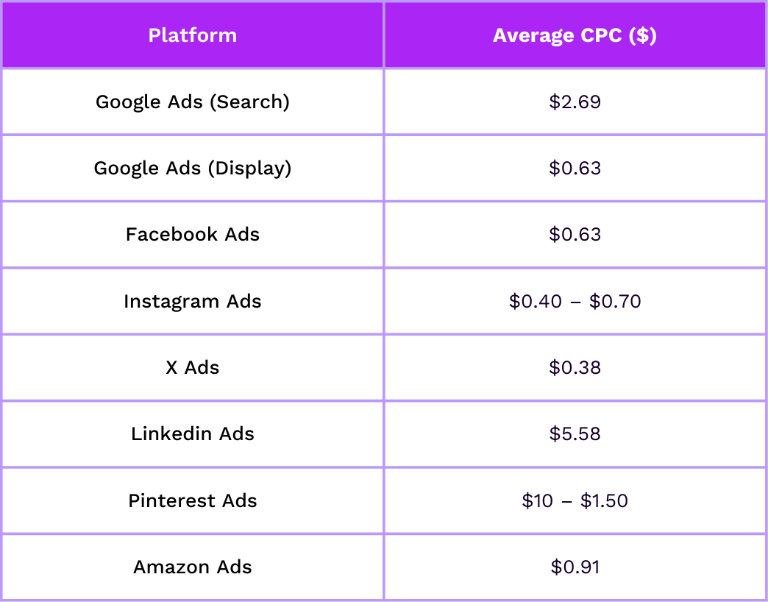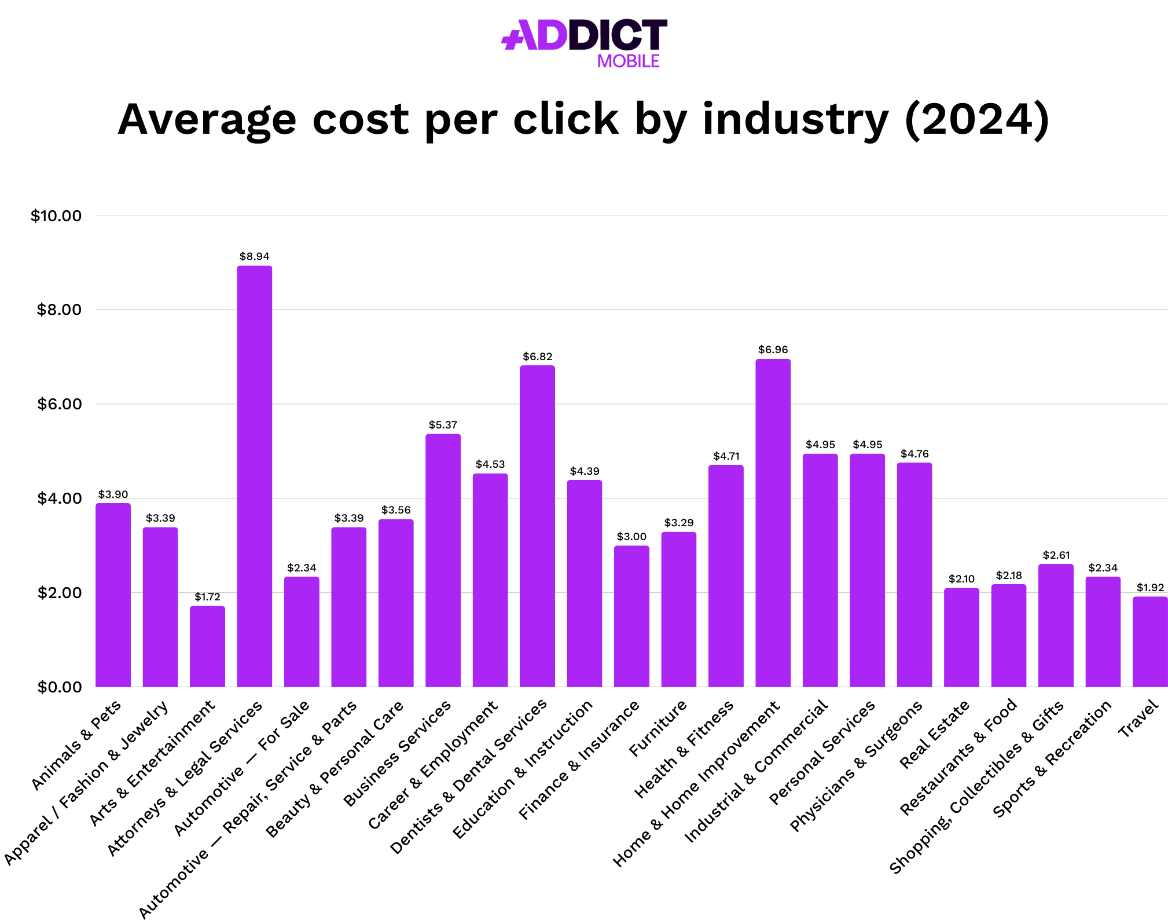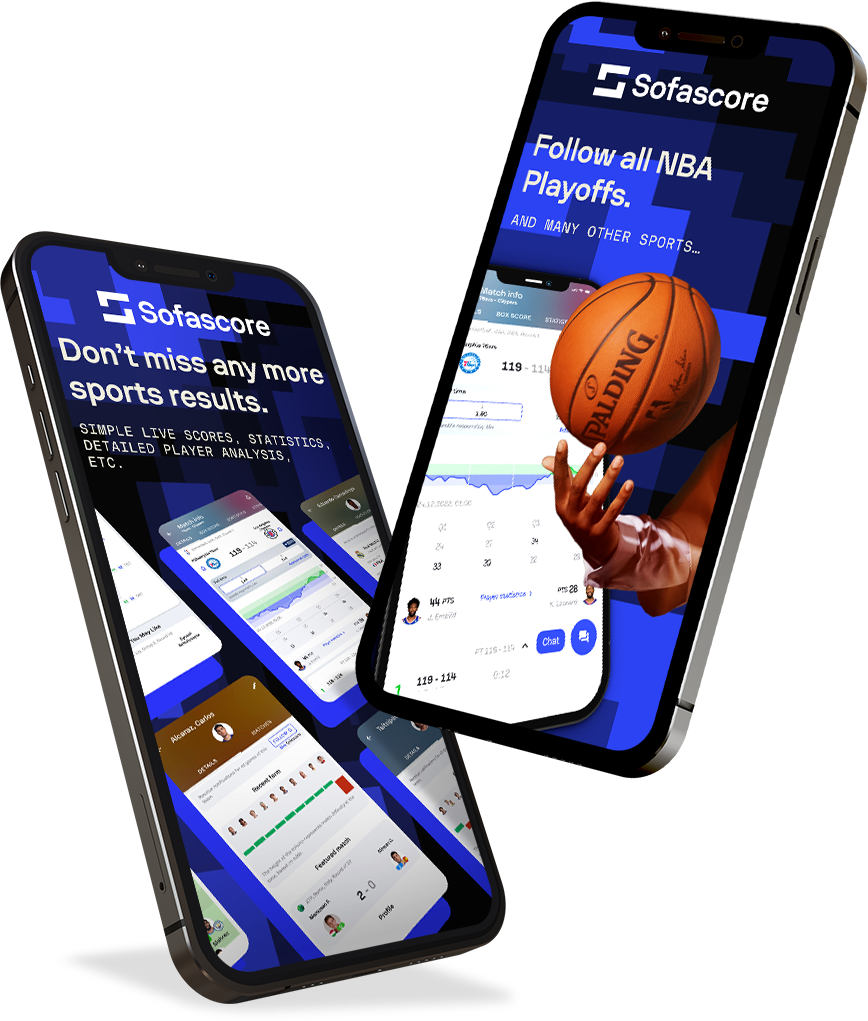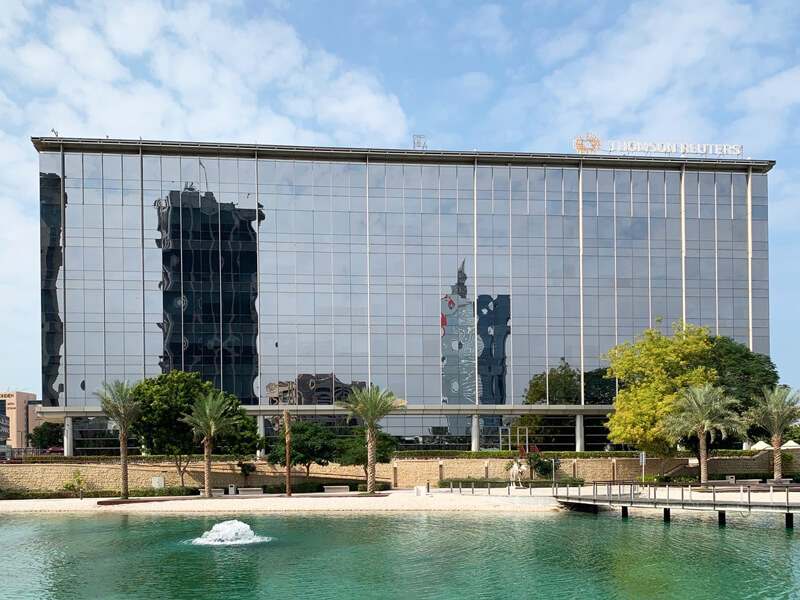Cost per Click (CPC): A key UA lever, but how do you make the most of it?
Introduction
CPC (Cost Per Click) is a key metric in digital marketing. It refers to the average cost paid by an advertiser for each click generated through an ad campaign. As a fundamental indicator in user acquisition, CPC helps assess the cost of a click and fine-tune bidding strategies for better budget allocation.
But how should CPC be interpreted? What factors influence its cost? And how can it be optimized without compromising traffic quality? This article explores everything you need to know about CPC and its impact on user acquisition.
What is Cost per Click and how is it calculated?
CPC (Cost Per Click) is a pricing model where advertisers only pay when a user clicks on their ad.
CPC calculation is simple:
Cost per click= Total ad spend / Total Number of clicks

Example
If an advertiser spends $5,000 on a campaign that generates 2,500 clicks, the CPC would be:
Cost per Click= 5000/2500 = 2$
CPC vs. eCPC: What’s the difference?
CPC (Cost Per Click) is the actual cost paid for each click. eCPC (Effective Cost Per Click) reflects the real cost after automatic bidding adjustments and discounts applied by the ad platform.
For example, an advertiser might set a maximum bid of $3 per click, but if the platform adjusts bids automatically based on competition, the average eCPC might end up being $2.50.
Why is CPC important in User Acquisition?
CPC is a key metric in User Acquisition (UA), but monitoring it alone isn’t enough, it must be analyzed alongside traffic quality and the profitability of each click.
- Budget optimization: Unlike CPM, which charges for impressions regardless of interaction, CPC guarantees at least some engagement. Advertisers only pay when a user clicks, but a low CPC isn’t necessarily effective if those clicks don’t convert.
- Engagement insights: A low CPC combined with a low conversion rate may point to poor targeting. On the other hand, a higher CPC might reflect a better-qualified audience, resulting in stronger conversion rates and improved ROAS.
- Real-time adjustments: CPC allows for fast performance analysis. A sudden increase may signal higher competition, ad fatigue, or targeting issues. If the click volume is too low or not qualified, you’ll need to adjust your bids, creatives, or targeting strategy.
Average CPC: What are the benchmarks?
Cost per click is never fixed. It varies based on several factors, including:
- The ad platform (Google Ads, Meta Ads, TikTok, etc.)
- The ad format (video, carousel, static, etc.)
- The target audience (age, interests, location, etc.)
- The market’s competitive landscape
Every tweak to the creative or targeting can directly impact CPC, and ultimately, the profitability of your campaign.
CPC benchmarks by platform

CPC benchmarks by industry

CPC vs. other KPIs: What are the key differences?
CPC vs. CPI (Cost per Install)
CPC measures the cost per click, while CPI tracks the cost of an app install after that click.
Example:
- An ad may have a CPC of $1, but if only 1% of users install the app, the CPI ends up at $100.
- Conversely, an ad with a $2 CPC and a 10% install rate results in a CPI of just $20.
A low CPC isn’t necessarily positive if it doesn’t lead to installs or if users aren’t engaged. The goal is an optimized CPC that maximizes installs at minimal cost.
CPC vs. CPA (Cost per Action)
CPC reflects traffic generation, whereas CPA focuses on actual post-click conversions (signup, purchase, subscription).
Example:
- A CPC of $0.80 may seem competitive, but with a 5% signup rate, the CPA is $16.
- Another ad with a $1.50 CPC but a 20% conversion rate leads to a CPA of $7.50, a much better outcome.
An optimized CPC must drive quality traffic that converts, otherwise, you risk a high CPA that undercuts performance.
CPC vs ROAS (Return on Ad Spend)
A low CPC doesn’t guarantee a strong ROAS. If users from those clicks don’t spend money in the app, the ad investment is wasted.
Example:
- A company spends $10,000 and gets 5,000 clicks at $2.
- If only 1% of users make a purchase, with an average basket of $50, the revenue is $2,500.
- ROAS = 0.25, a non-profitable campaign.
The goal is to align CPC with a strong post-click conversion rate to secure a positive ROAS.
How to effectively optimize CPC
1. Improve your ad creatives
Creatives play a crucial role in reducing CPC. More engaging ads boost CTR, which in turn lowers CPC.
- Use videos and UGC (User-Generated Content), which often outperform static images.
- Test multiple ad messages to identify the most engaging ones.
- Optimize CTAs to make them more compelling (“Try for free,” “Get your reward”).
2. Improve targeting
Poor targeting leads to higher CPC, as platforms struggle to reach the right audience.
- Avoid overly broad targeting that brings in low-quality clicks.
- Leverage lookalike audiences to reach users similar to your best converters.
- Exclude underperforming audiences to avoid budget waste.

Do not hesitate to contact with our teams
Addict can support you to improve your performance.
3. Test different ad formats
Some formats tend to deliver better CTR, and therefore lower CPC:
- In-feed videos on TikTok or Meta often perform well.
- Carousels allow you to test multiple visuals within a single ad.
4. Optimize bidding
- Use smart automated bidding to maximize cost-efficiency.
- Adjust bid caps based on performance, sometimes, a slightly higher CPC can lead to better overall results.
5. Monitor and iterate constantly
- A/B test creatives and messaging regularly.
- Account for seasonal trends: CPCs typically rise during events like Black Friday or Christmas.
Conclusion
CPC is a key metric in mobile user acquisition, but it should never be analyzed in isolation. A low CPC doesn’t always mean an effective campaign if the traffic doesn’t convert. Optimizing CPC requires continuous improvement in creatives, targeting, and bid strategy to strike the right balance between cost and performance.



